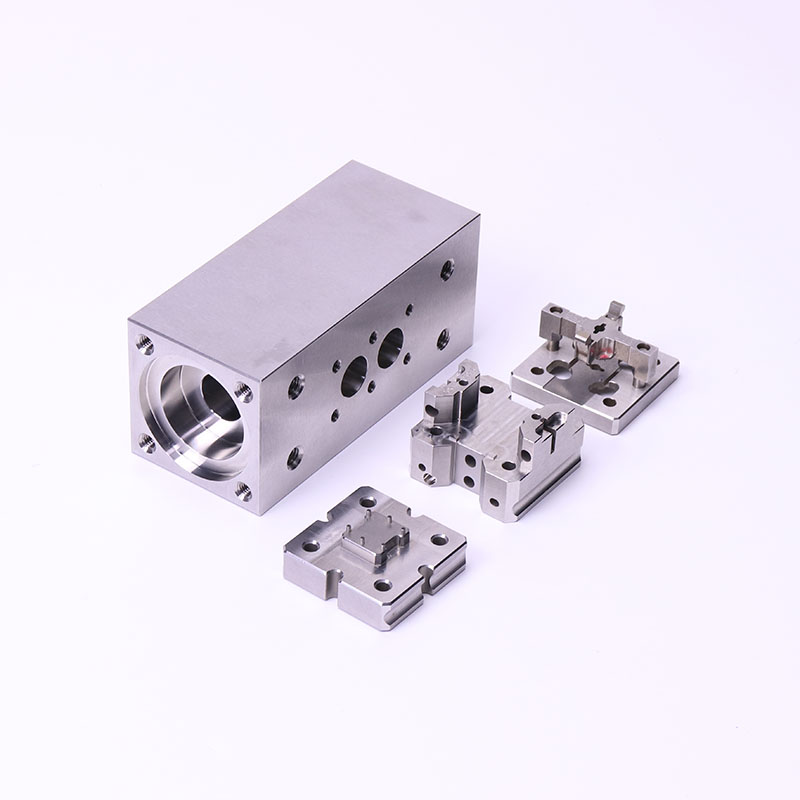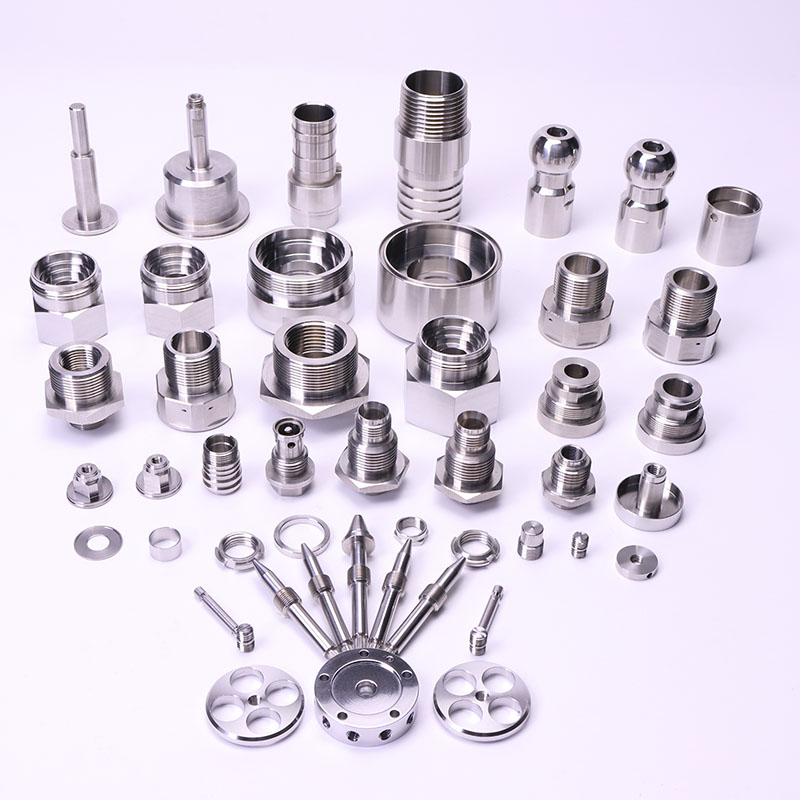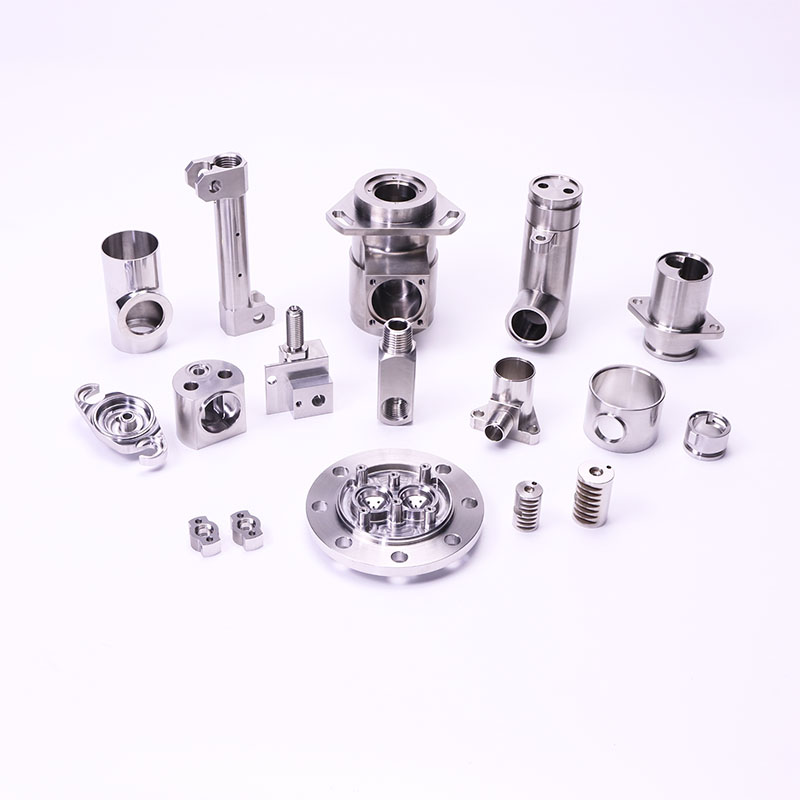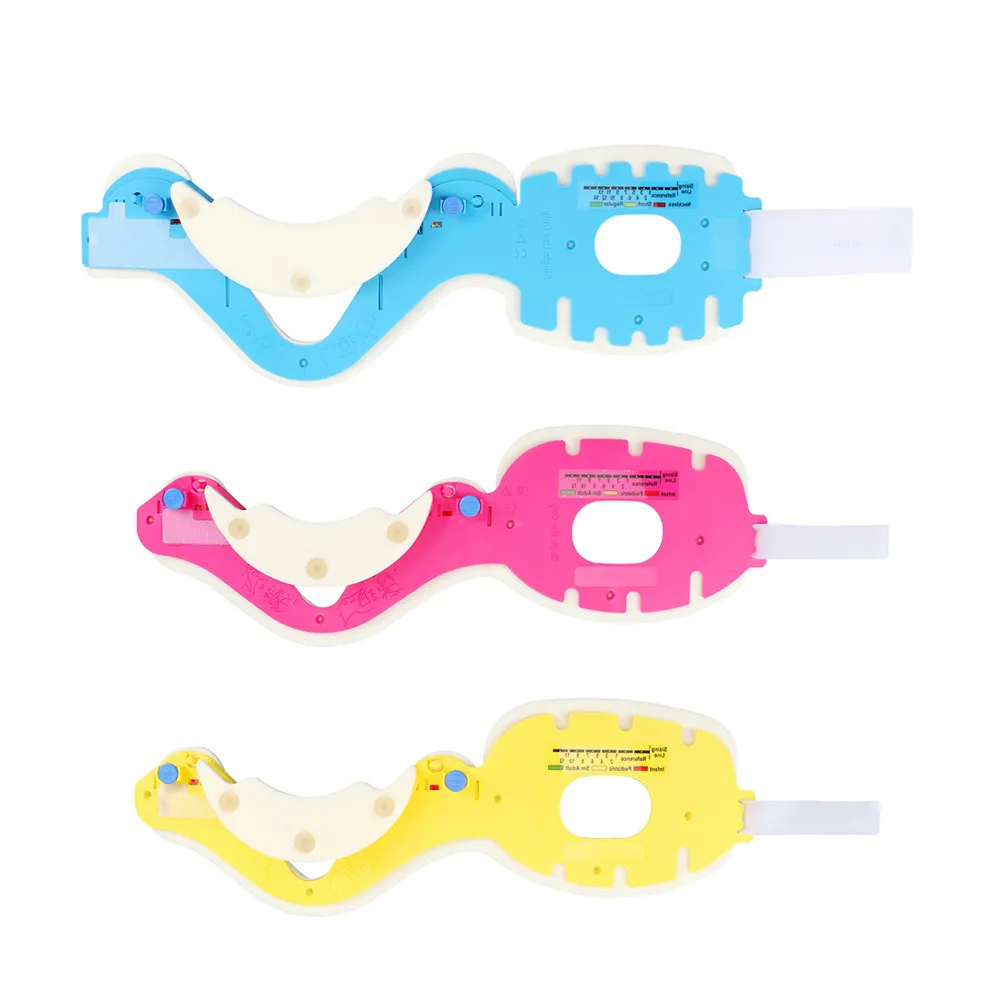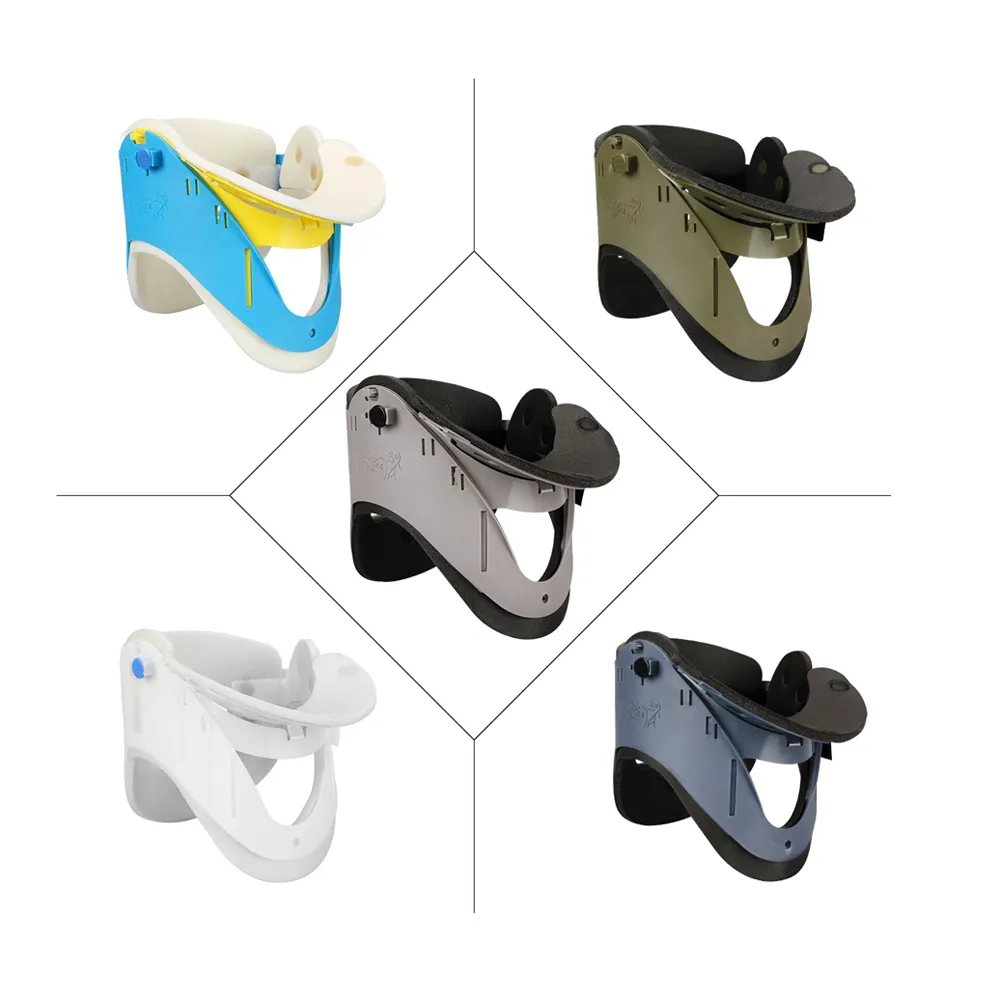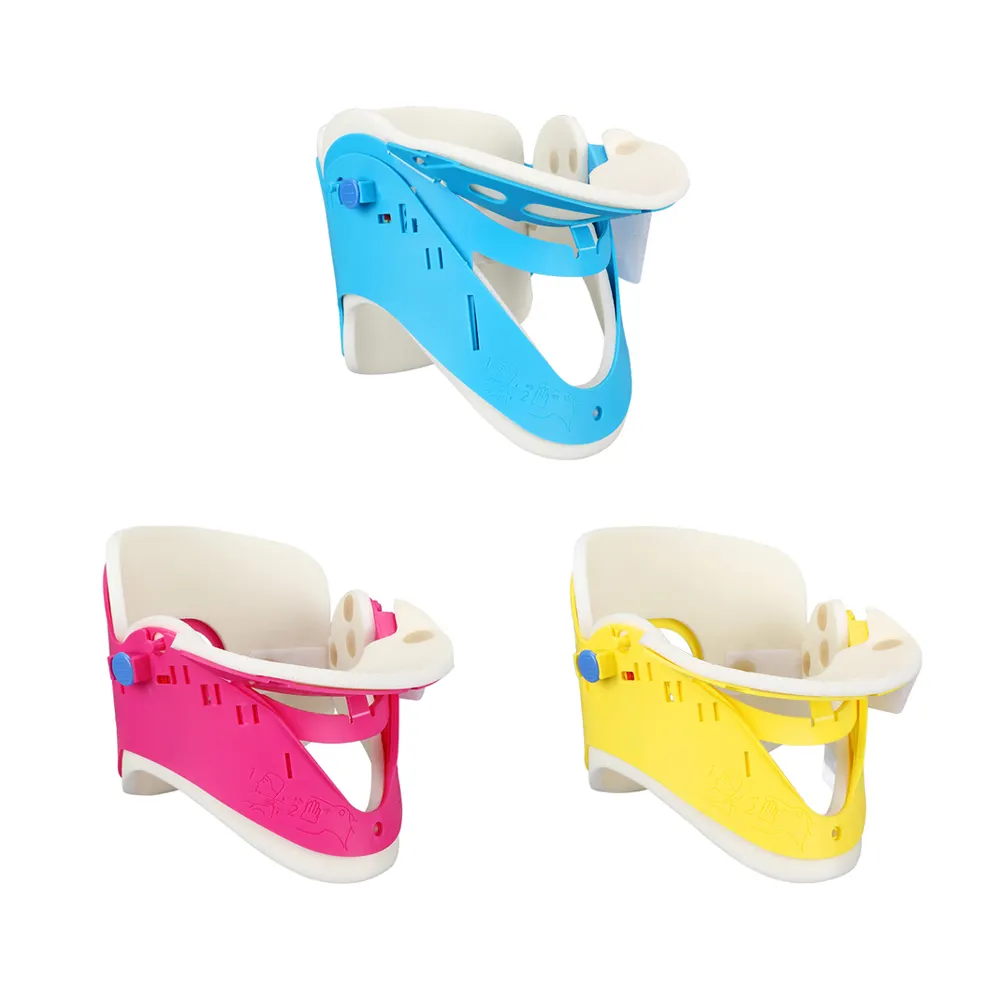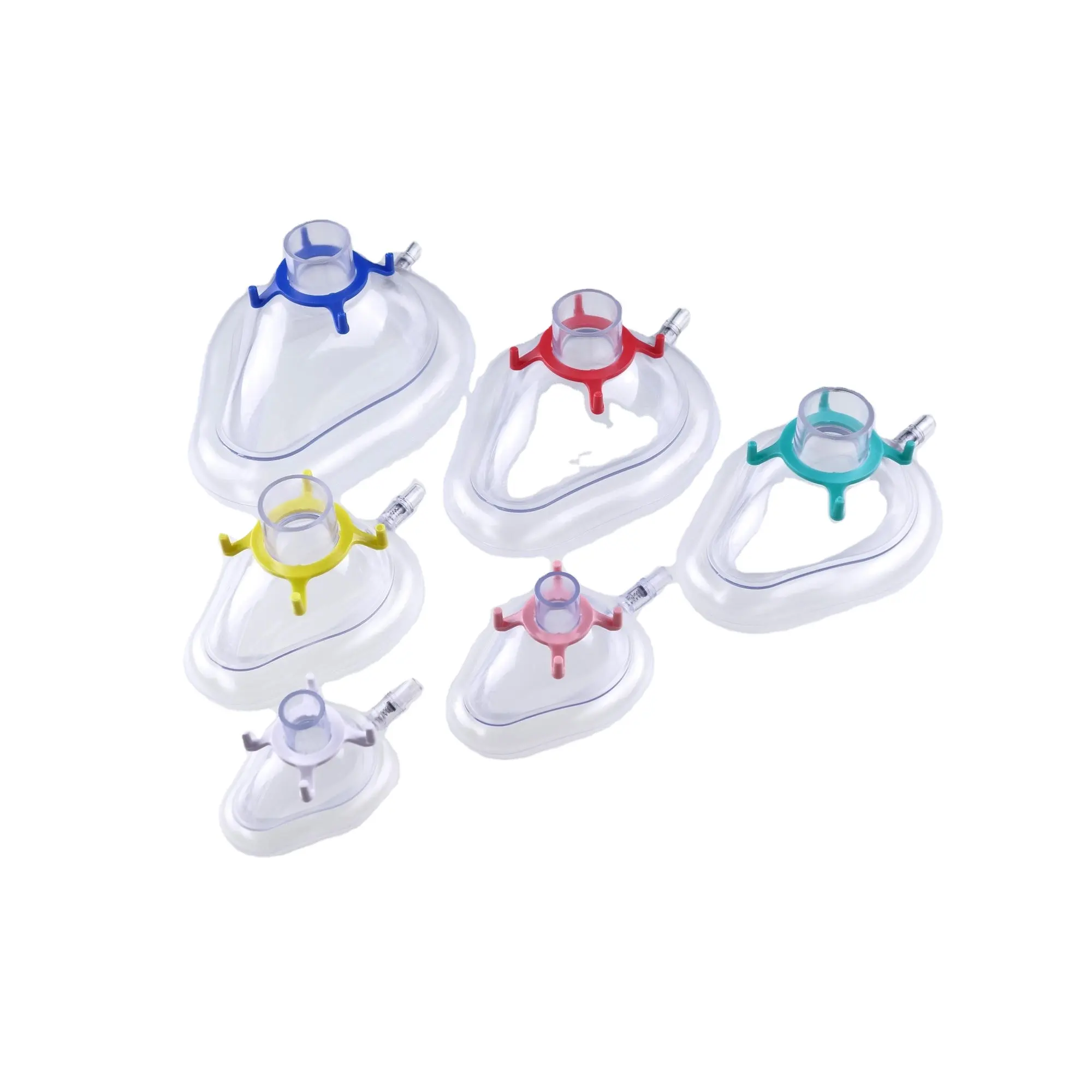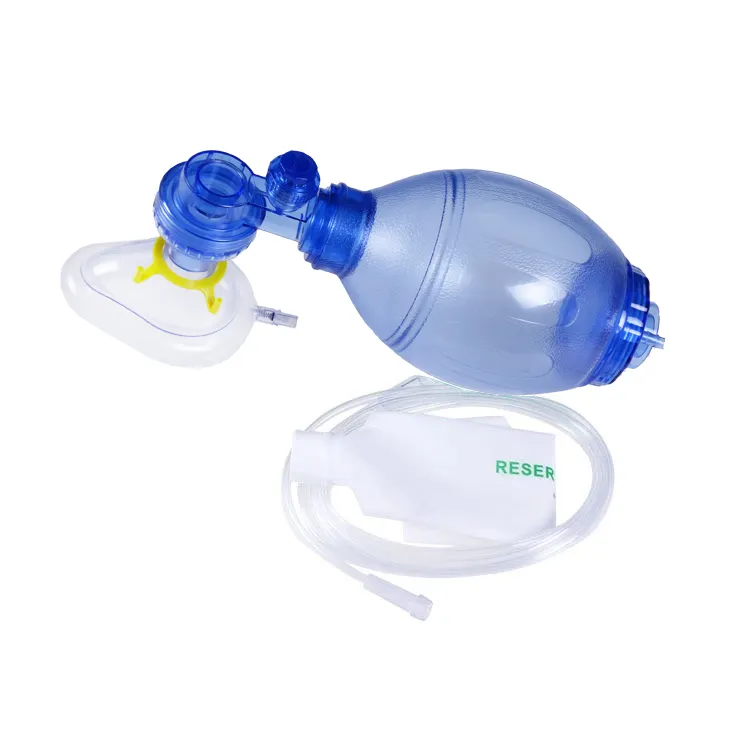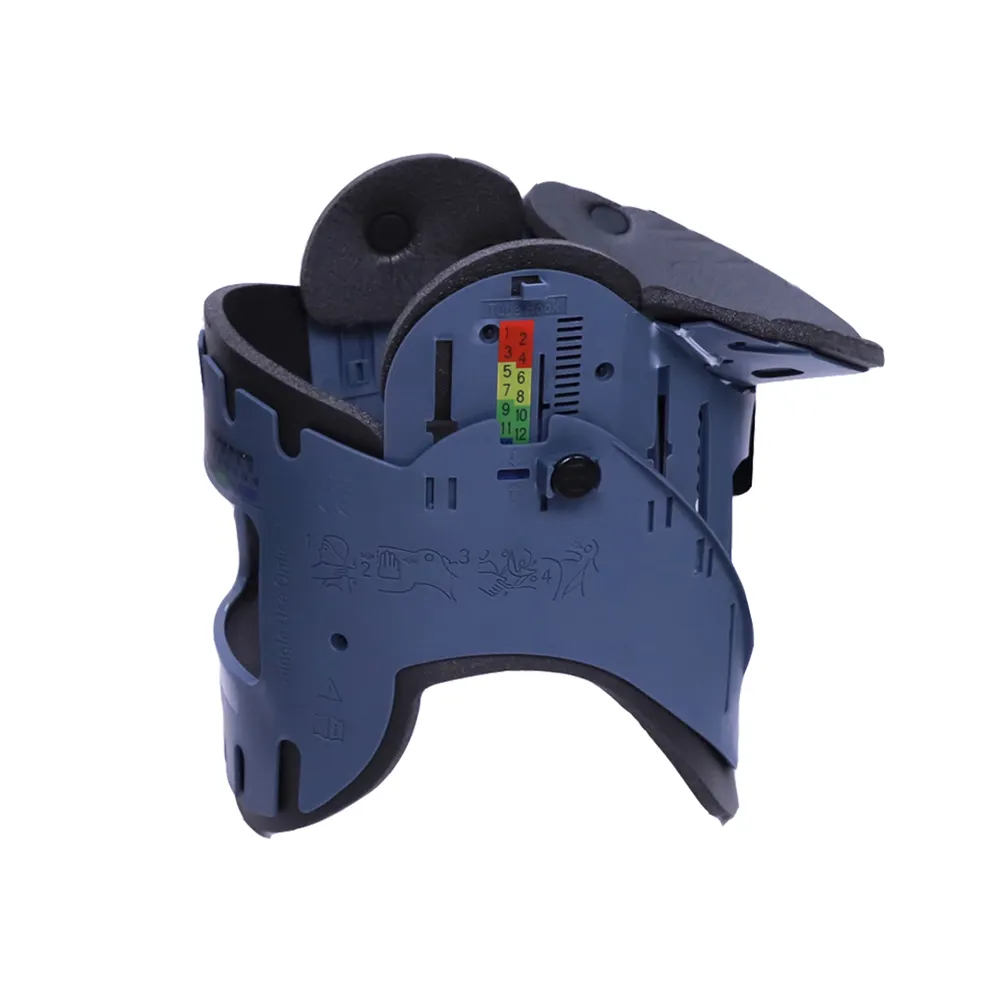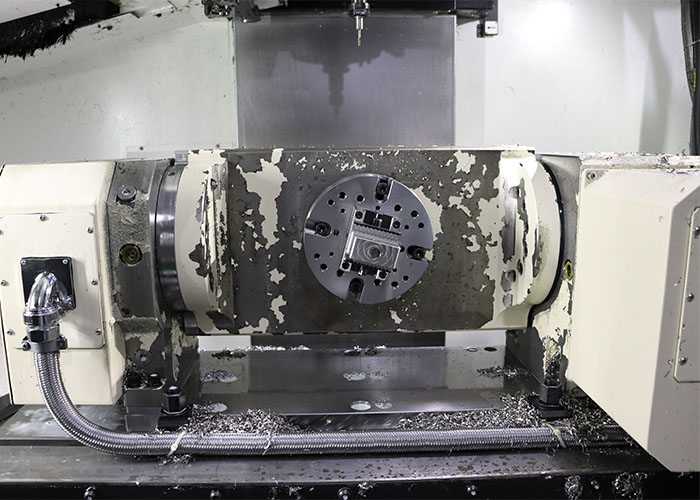Introduction:
In the field of mechanical engineering, gears are the core components of power transmission systems. Whether it's an automobile gearbox or an aerospace transmission system, the performance of gears directly determines the operational efficiency and reliability of the equipment. However, under prolonged high-load operation, gears are prone to crack initiation and propagation, which not only shortens the service life of the gear but may also lead to the failure of the entire mechanical system. Therefore, optimizing gear design to reduce the initiation and propagation of cracks is a critical challenge in precision machining.
Optimizing gear design is not limited to improving gear geometry. It also involves material selection, surface treatment, and the integration of crack monitoring technologies. By understanding the mechanisms behind crack formation, engineers can develop more effective design and process strategies tailored to different operating conditions, maximizing gear fatigue life and ensuring the safety and efficiency of the equipment.
1. The Fundamentals of Gear Crack Initiation and Propagation
Crack initiation and propagation are the primary forms of gear failure, especially in environments with high stress and cyclic loads. Controlling crack formation is crucial to extending gear life.
1.1 Mechanisms of Gear Fatigue Crack Formation
Gears are subjected to repeated cyclic loads during operation, with stress concentration typically occurring at the tooth surface and root areas, where microcracks are likely to form. These cracks gradually propagate as stress continues to act, eventually leading to gear fracture. In planetary gear parts, operating under high loads and high speeds, the rate of crack initiation is even more pronounced.
1.2 The Impact of Crack Initiation and Propagation on Gear Life
Once a crack begins to form, its propagation rate accelerates as stress concentration worsens. Cracks move from the initiation stage to eventual gear failure. Research indicates that crack propagation accounts for 10% to 20% of the entire gear failure process, meaning that once cracks initiate, the remaining gear life is significantly reduced.
1.3 Common Gear Failure Modes
Common failure modes in gears include contact fatigue, wear, and root cracking. Contact fatigue cracks arise due to localized high pressure on the gear surface, leading to crack formation and growth. Wear and root cracking are closely related to lubrication conditions and the toughness of the gear material.
2. Key Factors in Optimizing Gear Design
Optimizing gear design is not just about making improvements based on existing designs. It involves a comprehensive approach that considers gear materials, tooth geometry, and surface treatments to effectively reduce crack initiation and propagation.
2.1 How Tooth Geometry Affects Stress Concentration
Tooth geometry plays a decisive role in stress distribution in gears. Traditional designs with improper tooth shapes can lead to stress concentration, especially at the root, where cracks are more likely to form. China's BYD Auto optimized the tooth root curvature radius in its electric vehicle gearbox development to reduce stress concentration areas. This design improvement significantly enhanced the fatigue resistance of the gears under high-speed and high-load conditions, reducing the risk of crack initiation. Additionally, superfinishing spur gears were used to minimize surface microcracks and improve the overall durability of the gearbox.
2.2 The Role of Material Selection in Crack Control
The choice of materials directly impacts a gear's fatigue resistance. High-hardness materials can improve surface wear resistance, while materials with good toughness can slow crack propagation. In the manufacturing process, selecting appropriate material combinations, such as high-strength alloy steels, can provide greater crack resistance, particularly for planetary gear parts in high-load applications.
2.3 The Importance of Surface Treatment Processes for Gears
Surface treatments are critical for enhancing the fatigue resistance of gears. For instance, mechanical finishing spur gears can effectively reduce surface roughness, thereby lowering contact stress on the gear surface. Additionally, processes like heat treatment, carburizing, and shot peening introduce residual compressive stresses that significantly reduce crack initiation.
3. Reducing Crack Initiation Through Process Improvements
Process improvements are not just about design but also involve precise manufacturing techniques that further control crack formation.
3.1 Carburizing Process Optimization for Crack Control
The carburizing process forms a hardened layer on the gear surface, improving wear resistance and fatigue life. However, the depth and temperature of carburizing must be precisely controlled, as too much or too little can impact overall gear strength. Using finite element analysis (FEA), optimizing the carburizing process can significantly reduce crack initiation and propagation.
3.2 The Impact of Shot Peening on Residual Stress Distribution
Shot peening introduces residual compressive stress to the gear surface by bombarding it with high-speed shot particles. This compressive stress counteracts the tensile stress generated during gear operation, reducing crack formation. Case studies show that optimized shot peening can not only delay crack initiation but also extend the overall service life of the gear.
3.3 Heat Treatment Control in Precision Machining
Heat treatment is a crucial process for controlling the properties of gear materials. By precisely controlling the temperature and time of heat treatment, the hardness and toughness of the material can be adjusted to improve crack resistance. In heavy industrial equipment, accurate heat treatment can significantly enhance the fatigue life of gears.
4. Crack Initiation Prediction and Monitoring Technologies
The prediction and monitoring of crack initiation are indispensable in modern gear manufacturing. These technologies allow engineers to identify potential failure risks early and take steps to delay or prevent crack propagation.
4.1 Finite Element Analysis in Gear Design
Finite element analysis (FEA) is a computational tool used to simulate gear performance under complex stress conditions. With FEA, engineers can evaluate the stress distribution in gears during actual operation and optimize the design to effectively reduce crack initiation.
4.2 The Application of Fracture Mechanics in Crack Propagation Control
Fracture mechanics is the study of crack propagation in materials, helping engineers understand the entire process from initiation to growth. Applying fracture mechanics in gear design enables engineers to adjust design parameters to delay crack propagation.
4.3 Advances in Crack Monitoring and Detection Technology
Modern crack detection technologies, such as ultrasonic testing, X-ray inspection, and magnetic particle inspection, allow engineers to detect microcracks in gears before and during operation. These technologies enable early identification of cracks, significantly reducing the risk of failure due to crack propagation.
5. Case Studies: Practical Applications of Design Optimization and Process Improvements
Through real-world case studies, the effectiveness of design optimization and process improvements in controlling gear cracks can be more clearly demonstrated. These cases provide valuable references for engineers in other industries.
5.1 Crack Control in Aerospace Gear Transmissions
In the aerospace industry, gears must endure high stress loads in extreme environments. Boeing successfully extended the fatigue life of its aircraft landing gear transmission by optimizing tooth geometry and applying carburizing and shot peening processes. By using advanced finite element analysis, Boeing predicted potential crack locations and optimized the design accordingly. This reduced the risk of crack initiation and significantly enhanced the gear's performance in demanding conditions.
5.2 Design Optimization for Automotive Transmission Gears
In the automotive industry, gear failure in transmissions can directly impact vehicle performance. Volkswagen implemented superfinishing spur gears and surface treatment technologies in the high-performance models of their transmissions, substantially improving gear crack resistance. This process reduced surface roughness, minimizing the chances of crack initiation and resulting in smoother, more durable transmission operation.
5.3 Failure Prevention in Heavy-Duty Industrial Equipment Gears
In heavy industrial equipment, gears are subject to high stress and heavy loads. Siemens developed a precise heat treatment process and utilized high-strength alloy materials for the gears in their heavy machinery. This optimization not only extended the lifespan of the gears but also significantly reduced maintenance costs, improving equipment reliability.
Conclusion:
Optimizing gear design is not just about improving performance; it is essential for ensuring the reliability and stability of entire mechanical systems. By utilizing scientific tooth geometry design, material selection, surface treatments, and advanced crack monitoring technologies, engineers can significantly reduce gear crack initiation and propagation, extending service life. With continuous technological advancements in precision machining, we can expect gear design optimization to provide safer, more efficient solutions across various industries.

